Imagine a future where smart hospital platforms facilitate treatment regardless of patient and clinician location, where patients reap the healing benefits of patient distraction devices, and clinicians are freed up from administrative tasks to focus on the patient while automation of those tasks provides more real-time, actionable data. Fred Holston, Director of Healthcare at Sirius Healthcare (A CDW company) joins Bill Russell to discuss Sirius’s Healthcare Technology Innovation Labs. A place where partners and technologies can come together to innovate, test, and build out new technologies to advance healthcare. What solutions are they focusing on in the labs today? What are health systems excited about in the areas of computer vision, command and control, touchless sensors and ambient listening? What is the role of a care companion and why is this interesting in this whole idea of Patient Room ‘Next’? https://www.siriuscom.com/solutions/sirius-healthcare/future-of-care/
This is episode 5 of 5 in our series Patient Room ‘Next’. Other guests include Stephanie Lahr, CIO of Monument Health and Billy Prows, VP at Intermountain.
Sign up for our webinar: Patient Room 'Next': Improving Care Efficiency - Thursday September 29, 2022: 1pm ET / 10am PT

Questions about the Podcast?
Contact us with any questions, requests, or comments about the show. We love hearing your feedback.

© Copyright 2024 Health Lyrics All rights reserved